- Details
- Hits: 2776
Station: Little Lake, MI
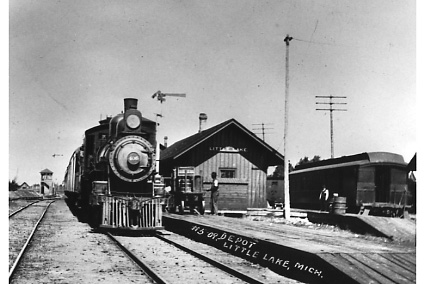
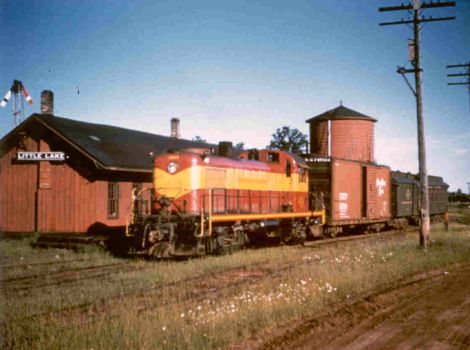
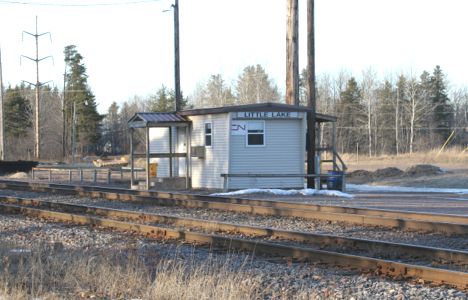
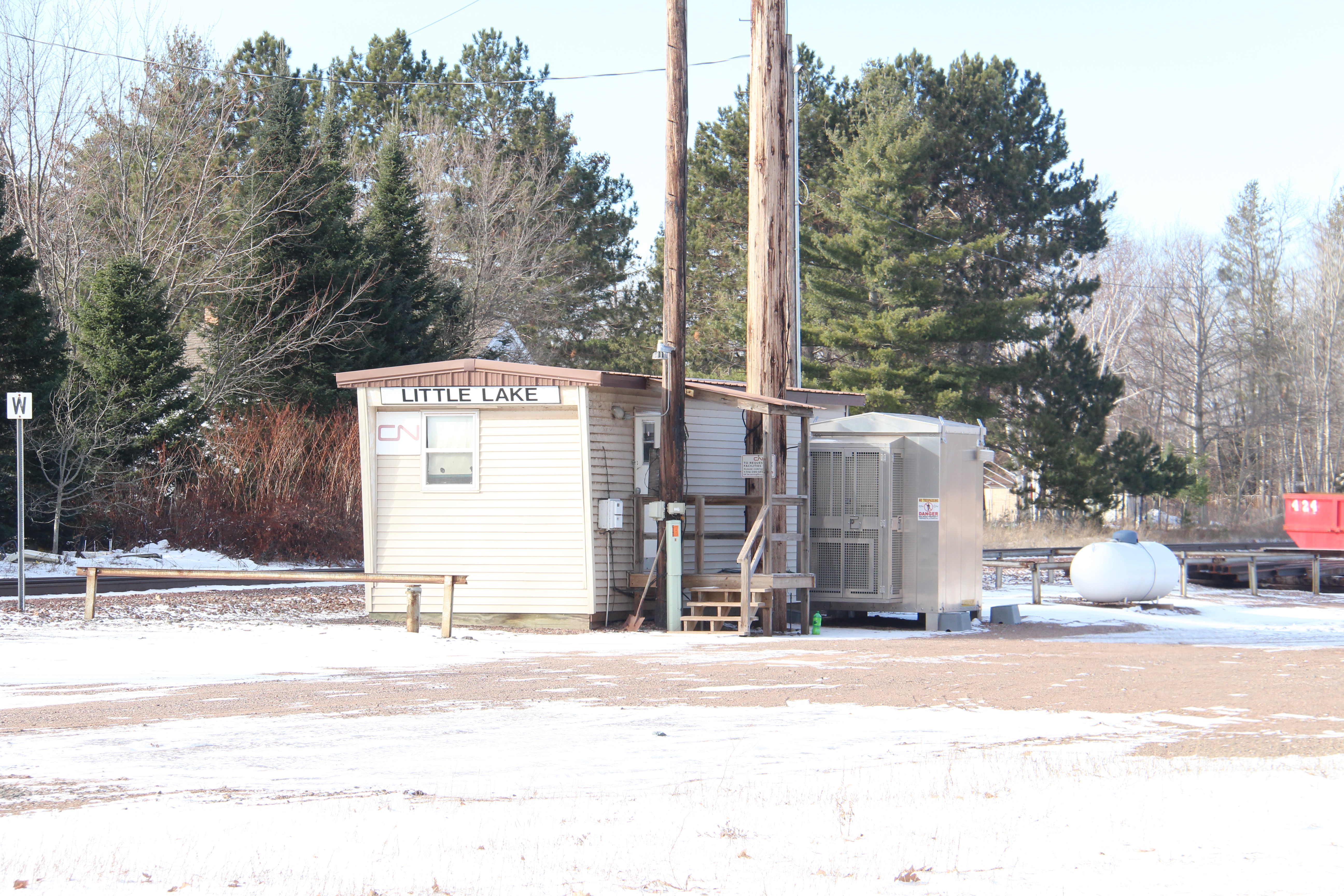
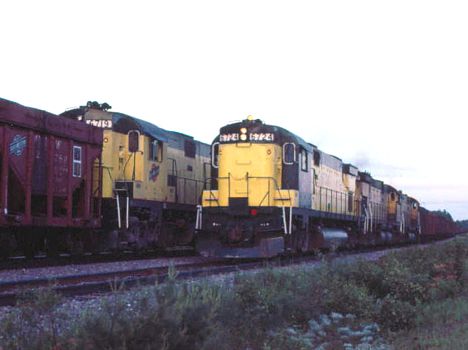
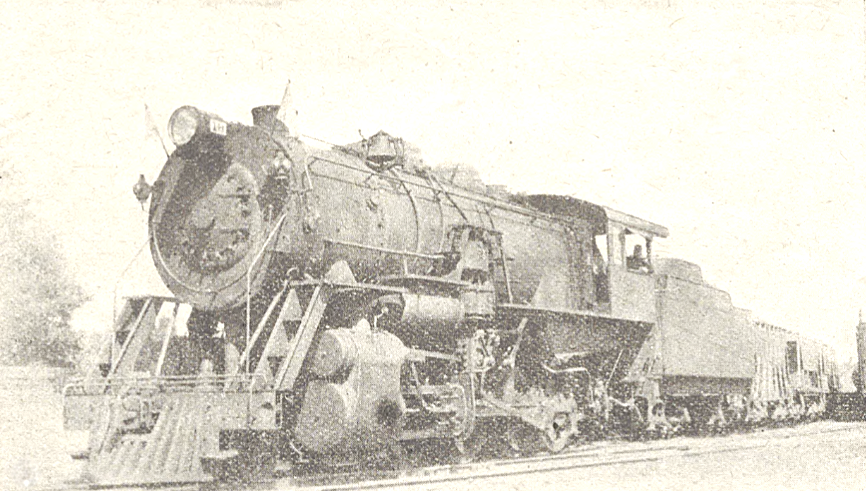 Little Lake in Marquette was settled about 1863 around a mill and general store of the Cheshire Iron Manufacturing Company. It was also a station and meeting point on the Chicago & Northwestern railroad originally called Cheshire Junction but changed in a short time. [MPN]
Little Lake in Marquette was settled about 1863 around a mill and general store of the Cheshire Iron Manufacturing Company. It was also a station and meeting point on the Chicago & Northwestern railroad originally called Cheshire Junction but changed in a short time. [MPN]
Little Lake was also the crossing of the LS&I line which ran from Munising to the mining region near Gwinn. This was an interlocked crossing with a control tower in the southwest quadrant of the crossing. [CNWV]
Photo Info: Top, the LS&I mixed train stops at Little Lake, circa 1950's. 2nd photo, the section office at Little Lake in 2006. [Dale Berry]. 3rd photo, a C&NW Alco C-630's meet in ore service at Little Lake in this 1980's photo. [Charlie Whipp]. 4th image, a view of the train office at Little Lake in 2022 [Dale Berry]. 5th photo of a new locomotive in 1912 heading up a MM&SE (LS&I) ore train at Little Lake, heading to Marquette. This was one of four large modern locomotives used in ore service, undoubtedly the heaviest in the Cloverland. It weighed 212½ tons.
Notes
There were two wyes here, using the Munising railroad track and the C&NW main line. 1915 [CNWV]
The C&NW had distant signals on its line for approaching the interlocked crossing. The interlocking tower was located in the southwest corner of the crossing in 1915.
The C&NW depot was a bay window type. The C&NW had a boiler house, pump house and well for watering locomotives from a 16' x 24' wood water tank. Both railroads used the depot in 1915. [CNWV]
The C&NW had a 2,239' passing siding here.
Time Line
1918. The C&NW had an agent here on the day shift. They also staffed the interlocking tower around the clock. [TRT]
Bibliography
The following sources are utilized in this website. [SOURCE-YEAR-MMDD-PG]:
- [AAB| = All Aboard!, by Willis Dunbar, Eerdmans Publishing, Grand Rapids ©1969.
- [AAN] = Alpena Argus newspaper.
- [AARQJ] = American Association of Railroads Quiz Jr. pamphlet. © 1956
- [AATHA] = Ann Arbor Railroad Technical and Historical Association newsletter "The Double A"
- [AB] = Information provided at Michigan History Conference from Andrew Bailey, Port Huron, MI

